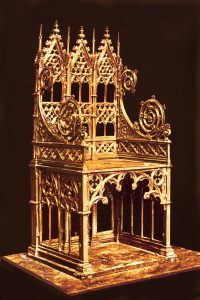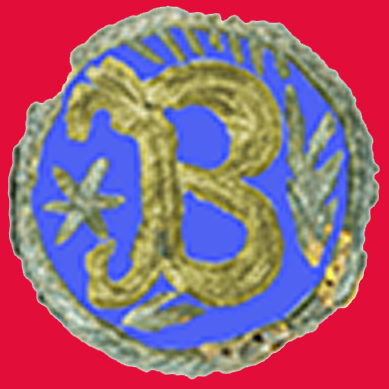
Once Arthur of Albion was launched on the unsuspecting world, my publishers, finding it a modest success, suggested that I should put up a proposal for another book. At first I was tempted to try my hand at a book on chivalry: it was not entirely because of the reaction of a girlfriend to whom I mentioned the idea – ‘Chivalry? But what do you know about chivalry?’ – that I decided it was more than I was equipped to do. In the end I settled for Henry II, as there had been no worthwhile biography for more than half a century. It was politely received, but nothing more. But a stroke of good fortune led me to acquiring a formidable literary agent in the shape of Juliet O’Hea at Curtis Brown, and it was she who encouraged me when I suggested returning to the topic of chivalry. She placed The Knight and Chivalry with Peter Carson at Longmans, and here again luck was on my side: he was a brilliant editor, and it was said of him that he usually knew more about the subject of the books he had handled than their authors. It was published in 1970, luckily well before Maurice Keen’s magnum opus, Chivalry. This touched a spot: it gathered lead reviews in two or three major papers, including one by Cyril Connolly in the Sunday Times, who happened to be one of my favourite writers at the time. Even more gratifying was the fact that it led to the Somerset Maugham award for that year. Six years later, my second biography, Edward Prince of Wales and Aquitaine appeared, again filling a gap, because the previous book on him had appeared in 1910.
It was through Maurice Keen that I met Juliet Barker, whose thesis Boydell published as The Tournament in England 1100-1400. I had been interested for some time in tournaments, and we agreed to collaborate on a badly-needed general survey of the medieval tournament. I like to think that we achieved our aim, as it was published in 1989 as Tournaments: Jousts, Chivalry and Pageants in the Middle Ages, and is still quoted as the standard book on the subject twenty years later. For a video of the tournament which we held to celebrate publication, see the webpage on the book.
Another extraordinary occasion arose out of my interest in Arthurian matters and Edward III. When Tony Robinson of Time Team was given permission to dig at three royal palaces to mark the queen’s eightieth birthday, one of the projects chosen at Windsor was an attempt to find the remains of the remarkable building which Edward III planned to house his proposed order of the Round Table. The results – we did find it – were recorded in another colllaborative volume, Edward III’s Round Table at Windsor. Julian Munby suggested the idea; Richard Brown did the actual excavation; Tim Tatton Brown contributed his knowledge of the castle from years as the resident archaeologist; and I filled in the historical background as best I could.
Research for the Windsor book led me back to the early history of the Garter, which I had looked at for The Knight and Chivalry and the biography of Edward prince of Wales. This resulted in Edward III and the Triumph of England, on the brief moment in the mid-fourteenth century when English armies seemed almost invincible.
